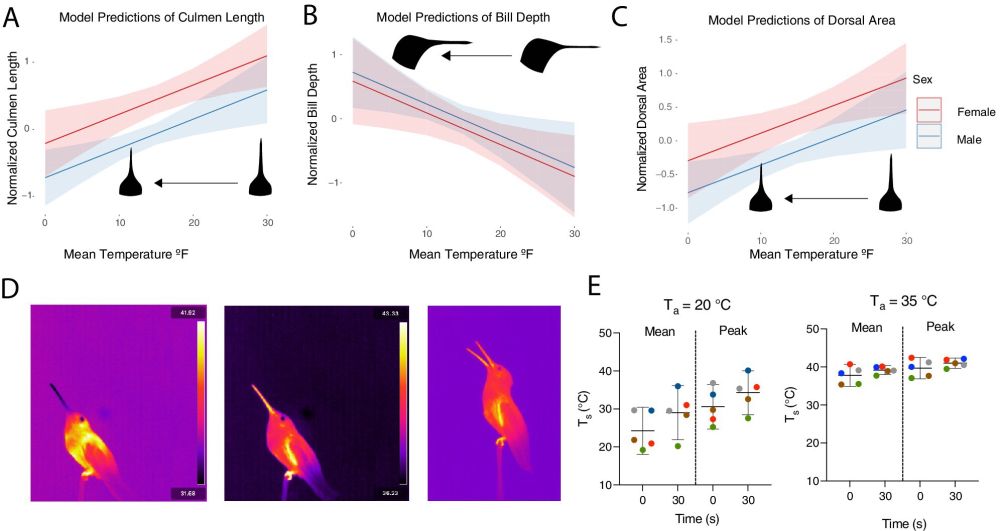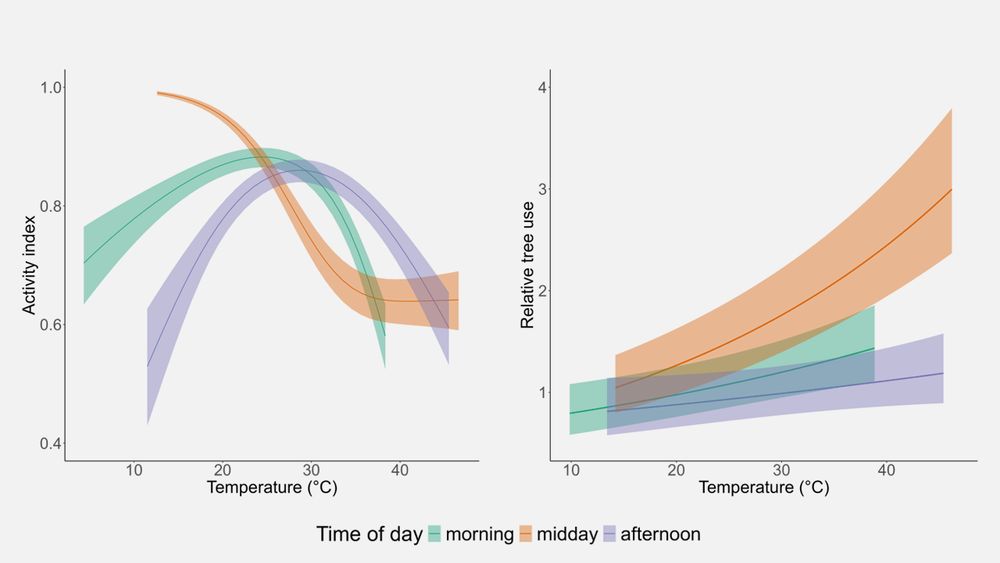
Photo by Rafał Kowalczyk. @currentbiology.bsky.social
@kathikasper.bsky.social


CEO of the @mammalsociety.bsky.social, @mattlarsen-daw.bsky.social, states it's the first pygmy shrew with this distinctive patterning ever recorded in the British Isles.
Also: CUTE😍
🧪🌍🦊

CEO of the @mammalsociety.bsky.social, @mattlarsen-daw.bsky.social, states it's the first pygmy shrew with this distinctive patterning ever recorded in the British Isles.
Also: CUTE😍
🧪🌍🦊
www.theguardian.com/environment/...

www.theguardian.com/environment/...



@fiwivienna.bsky.social #VetmeduniVienna #Unitus

@fiwivienna.bsky.social #VetmeduniVienna #Unitus
We show that hummingbird beaks have changed in shape & size since around WWII, driven by the rise of commercialized feeders! 🧵
📄 Paper: dx.doi.org/10.1111/gcb....
#ornithology #evolution #GlobalChangeBiology

We show that hummingbird beaks have changed in shape & size since around WWII, driven by the rise of commercialized feeders! 🧵
📄 Paper: dx.doi.org/10.1111/gcb....
#ornithology #evolution #GlobalChangeBiology


